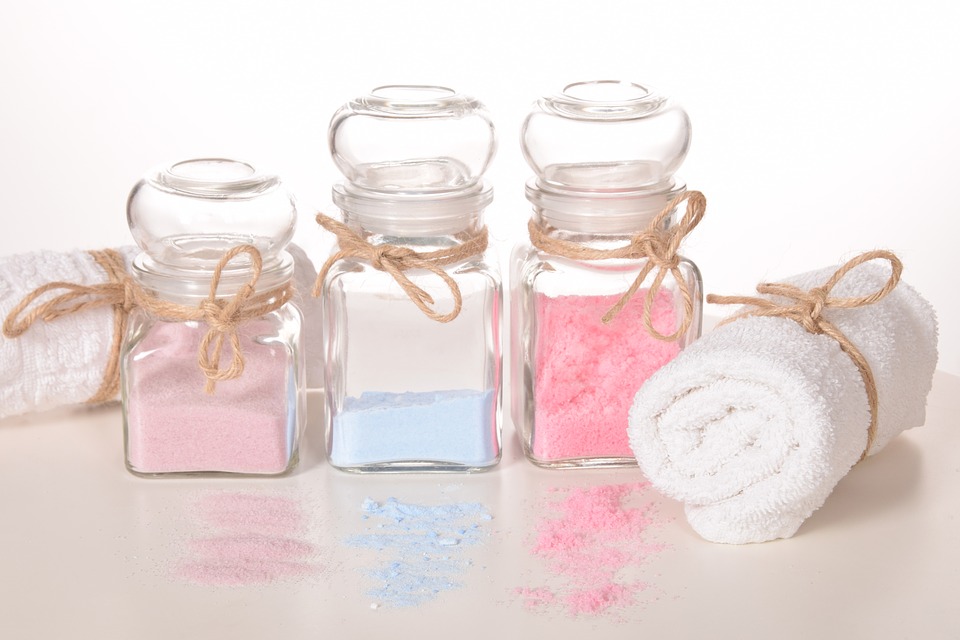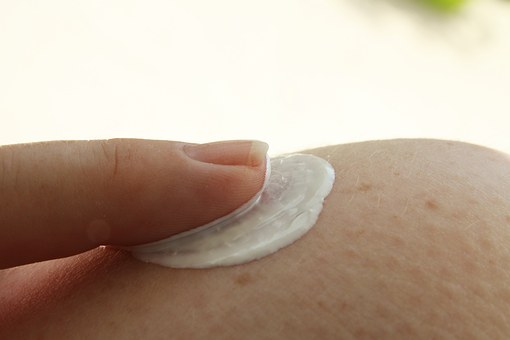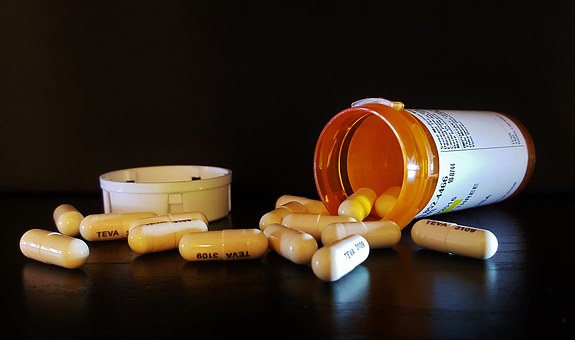Rash under your breasts is quite a common condition and can occur for many reasons. They are most often either a fungal or bacterial infection, but allergies and other health conditions can cause this to happen. Under your breasts is a nice, warm, and moist area for things to breed. These rashes tend to get really red and often itchy and irritated. In some cases, it is due to the warmer summer months where you sweat more. In other cases, it may be a chronic condition that occurs year round. This article outlines some of the more common causes. Read further to find out why this happens and what you can do about it.
What Causes Rash Under Breasts?
The causes are many, so these are some of the more common causes seen in most people. Your doctor is the best judge of what you might be suffering from, but knowing the possibilities may ease your mind that it usually isn't serious and can easily be treated. The causes include:
1. Dermatitis
Dermatitis is a common skin irritation usually caused by an allergic reaction to something that touched your skin. When this happens under your breasts it could be the laundry soap or shower soap you are using. It could also be a reaction to a food you are sensitive to. If an allergen gets trapped in this enclosed area, rashes can develop and even be persistent.
Symptoms include: red rash, irritated and flaky skin, itching, and even open oozing areas. You may also have other signs of an allergic reaction like swelling, stuffy nose, cough, and irritated skin in other areas.
2. Candidiasis/Fungal Infection
Candidiasis is one of the more common causes of a rash under breasts, especially in summer. It is caused by Candida, the same fungus that causes yeast infections in the reproductive area. This is because Candida loves warm and moist areas that are away from light and oxygen sources. People who are most susceptible to this type of skin infection include women who are overweight, have low immune systems, diabetics, HIV, and people who use steroids or antibiotics often.
Symptoms of Candida skin rashes include itching, red patches, areas of skin that are scaly and white, and sometimes open areas that ooze.
3. Bacteria
An oozing, itching, and even painful rash under the breasts may be caused by a bacterial infection. This is often seen with a staphylococcus or streptococcus infection. These require treatment by your doctor, so if you suspect bacteria see your doctor for evaluation as soon as possible. People with diabetes, lupus, or low immune systems are susceptible to skin bacterial infections. Even healthy people can get a bacterial skin infection from shaving nicks or minor cuts to the skin.
Symptoms of a bacterial rash under the breasts include warmth on the skin area, mild fever, feeling of weakness, bright red and swollen rash.
4. Psoriasis
Psoriasis is a chronic skin rash that occurs anywhere on the body, but can cause a rash under breasts. When psoriasis affects places that can be seen, like creases under breasts, it is called "inverse psoriasis". It looks like a candida or fungal infection, but does not go away with antifungal medications.
5. Breast Infection/Mastitis
You can get an infection around your breasts due to a clogged milk duct. This is caused by breastfeeding, but not always. It can happen in a limited number of women who are not breastfeeding and haven’t been pregnant. Cracks in the breast skin can allow skin bacteria to get inside the breasts. It forms a small and hot lump, but a rash can spread around and even under the breasts. This needs to be evaluated by a doctor, especially if you are breastfeeding as the infection can spread. The infection may also cause fluid filled cysts known as an, abscess. This infection can be very painful.
Symptoms of mastitis include; painful swollen breasts, rash around the nipple area or under the breast. You skin near the infection may feel hot to the touch. Fever, fatigue, and you may just feel generally unwell.
Ways to Get Rid of Rash Under Breasts
If you have checked with your doctor and you know what is causing your condition, here are some of the treatments to help by condition:
For Allergic Dermatitis
If you are suffering from allergic dermatitis, the first order of business is to find the offending substance you are allergic to, and stop using it. Did you start using a new shower soap? Laundry soap? Perfume? Sometimes just pinpointing the cause may help in huge ways. If your rash is severe, your doctor may want you to try an over-the-counter steroid cream to help calm things down.
For Candidiasis/Fungal Infections

For fungal infections, you need to keep the area under your breasts clean and free of sweat. Also, refrain from using lotions or powders based from cornstarch. Cornstarch has sugar in it, which can feed the yeast and keep it growing. Try a plain talc powder to wick up moisture, or even a medicated type powder.
Make sure you dry thoroughly after your shower and see your doctor for antifungal medication if it doesn't clear on its own.
For Bacterial Skin Infections
You will need to see your doctor for a bacterial skin infection. You may need to take antibiotics if the infection is severe. Since the infections are often caused by staph, it could be resistant staph and need specialized antibiotics.
If you are suffering from mastitis, you will be given antibiotics. In addition, the doctor may have you use warm compresses over the area to help relieve the plugged milk ducts. Breastfeeding moms are encouraged to continue breastfeeding. The milk flow helps speed healing.
For Psoriasis
Psoriasis is a chronic condition and may need long-term treatment. There are topical medications you can use on the rash, but they don’t work well. Severe cases may need specialized oral medications made from vitamin A.
When to Worry
If you have a rash under your breasts and you are running a fever, you need to see your doctor right away. Other reasons to see your doctor for this include:
- A rash that does not clear up with home treatment in one week
- Oozing and drainage from the rash
- Severe pain in the area of the rash
- Unable to put on a bra due to discomfort
- Blisters in the area


